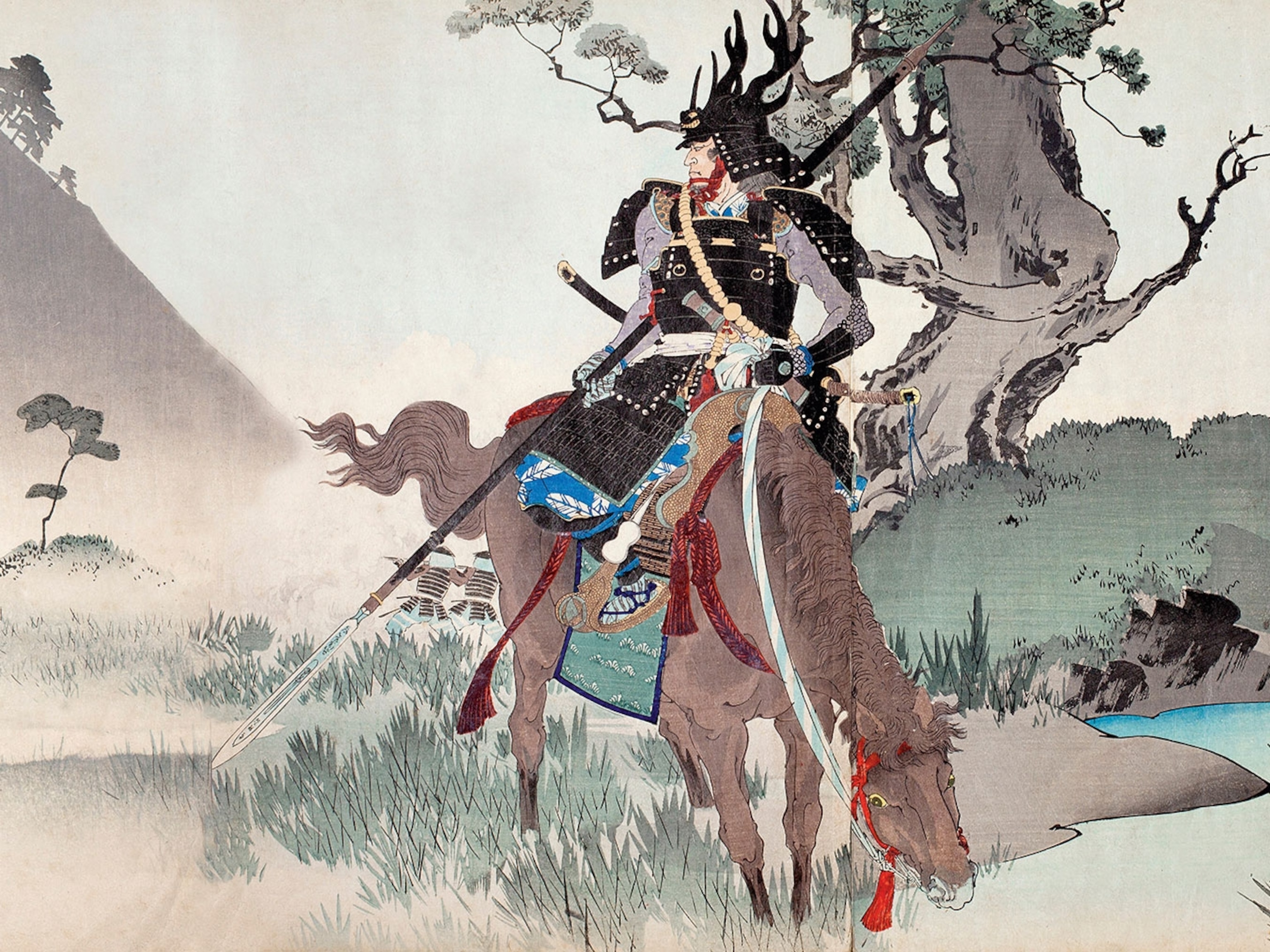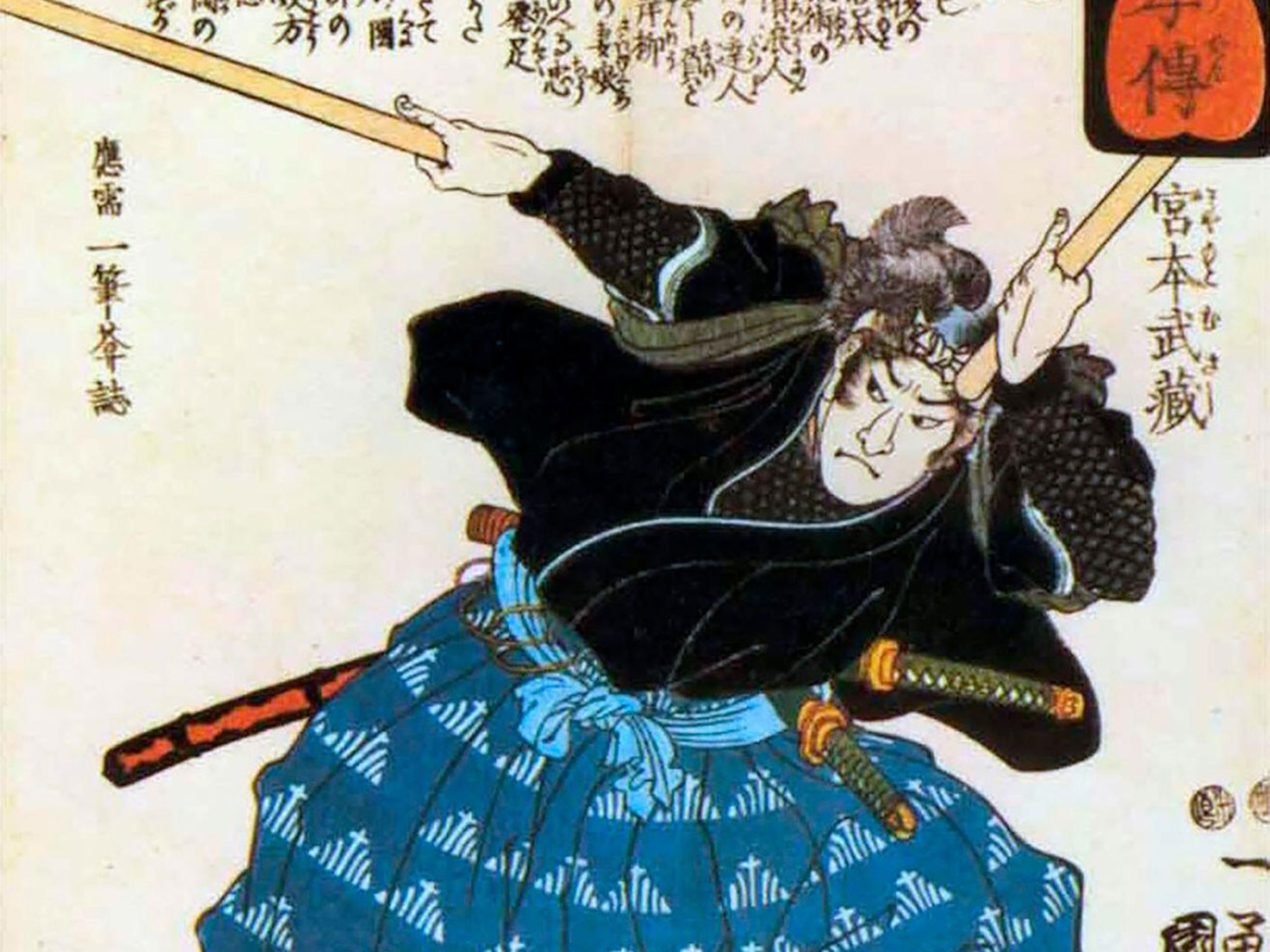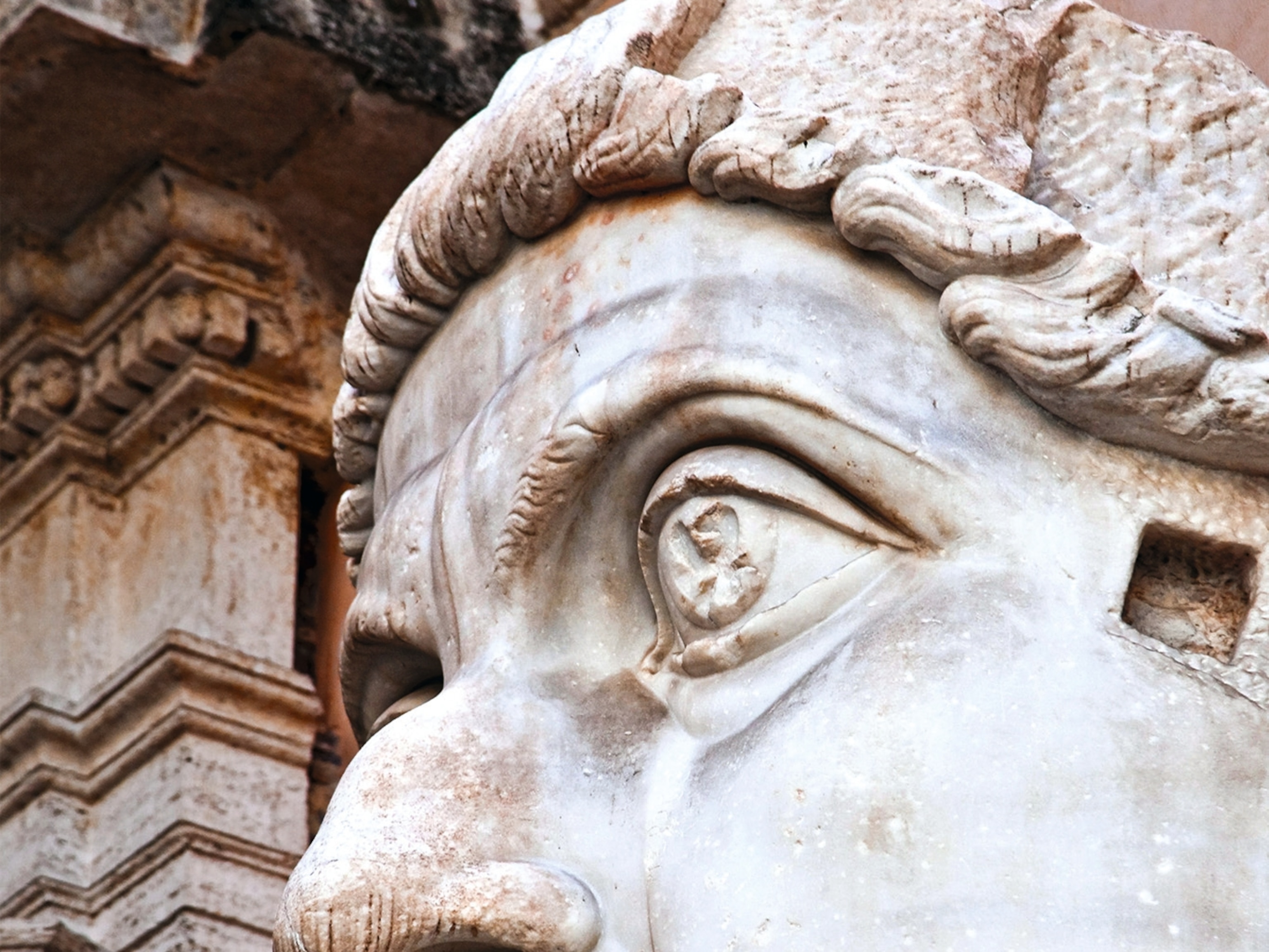For over 2,600 years, the same family has reigned over Japan. As the world’s oldest continuous hereditary dynasty—sometimes revered for its link to Shinto gods—the Japanese monarchy has been in existence since around 660 B.C., and physical evidence of its reign dates to roughly 300 A.D. Today the Imperial House of Japan has a symbolic role but no executive or military power within the Japanese state. Even so, the monarchy has traditional significance, though it exercises no state political power.
The Japanese monarchy began with Emperor Jimmu, who supposedly began his empire in 660 B.C. after warring with local chieftains. However, Jimmu is largely seen as a symbolic and legendary figure. Scholars speculate that Jimmu, a descendant of the sun goddess, represents how Yayoi culture, Japan’s first rice farmers, spread in the Yamato region. Jimmu’s accession day, February 11, is celebrated as a holiday called National Foundation Day.

Jimmu’s descendants reigned over a growing kingdom. Over the centuries, the Emperor of Japan’s powers varied. Beginning in the 6th century A.D., the emperor was believed to be in contact with gods, though that did not translate to political power. At different points in Japanese history, the emperor was seen as a manifestation of gods, but was not worshiped as a god per se.
As the elite samurai class grew in Japan from the 10th century A.D., the influence of its monarchy waned in part because of hereditary emperors’ inability to rule their people from Kyoto, the traditional seat of the monarchy. The shogunate, Japan’s system of hereditary military government, effectively ruled on the empire’s behalf until the 19th century.

During the Meiji Restoration in 1868, that changed. Emperor Meiji moved the monarchy to Tokyo, the shogunate ended, and emperors ruled under a more centralized state. Japan’s emperor had gone from a largely symbolic role to one with direct imperial power.
After World War II, the United States forced Emperor Hirohito, in whose name Japan had fought the Allies, to renounce any connection to divinity. Hirohito also helped lend legitimacy to Japan’s new 1947 constitution, which abolished the Japanese aristocracy, turned its back on the concept of imperial expansion, and enshrined the emperor in Japanese law as a symbolic figure.

The Imperial Family of Japan now has only 18 members and is threatened by a succession law that prohibits female members from inheriting the throne. Though Japanese emperors traditionally rule until their death, Emperor Akihito, Hirohito’s son, will abdicate on April 30, 2019 due to his concerns about his health and age. The ascension of Crown Prince Naruhito to the throne will leave only three heirs.
A number of the imperial family’s female members have left the monarchy by marrying commoners. Though there have been empresses of Japan, the male-only succession rule still stands—and though the Japanese government has been tasked with coming up with solutions for what is seen as a growing crisis, it is unclear if it will be willing to buck tradition.






